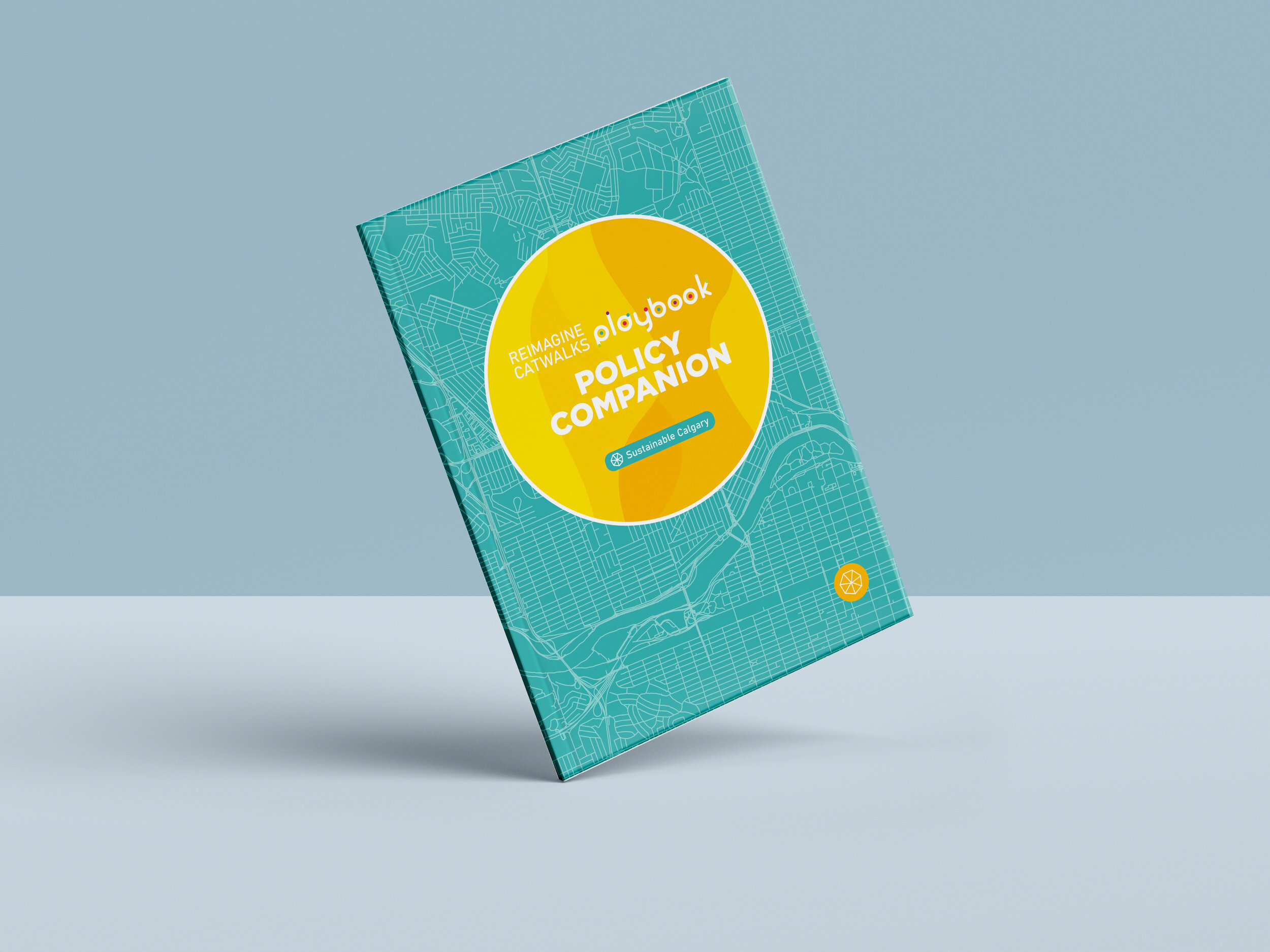To make them walkable for more than cats, catwalks need policy change
We’re out of diapers, so I distract my squirmy toddler and slip him into his winter clothes. I put him in the stroller and he tugs at his toque, trying to pull it off his head, but when he realizes we’re going for a walk he stops and smiles. We head for the nearest catwalk, and he forgets all about the hat.
The icy path ahead. Catwalks aren’t cleared by the city or homeowners, leaving them snow filled and icy for much of the year.
I take catwalks because they’re quick shortcuts with backyard garden views and bird song - but they’re also seasonal and unpredictably inaccessible. When we reach the yellow gates, my stroller gets stuck. I reverse and try again… and again. The metal poles blocking my way are aptly named “maze gates”. I make it through, but the catwalk path is packed down and icy. I slip my way to the end, my coffee spilling on the stroller, but there’s still one more maze gate to get around. When I make it out, I decide to skip the next catwalk and walk next to the busy street instead.
We know the danger of that choice, a toddler so close to the road, both of us breathing car exhaust, and an ever-present nudge to drive rather than walk. A parent from Marlborough told us she doesn’t go to the park with her kids – “even if I have the car, there aren’t enough seats and if I have more kids than hands, I don’t feel safe walking to the park.”. This is a choice people are forced to make all the time, a choice between safety, efficiency, and a pleasant journey. But when there are destinations to walk to and great paths to get there, people choose to walk more. Catwalks could be those great paths. They weave through 134 Calgary neighbourhoods, cutting walking times to local destinations in half.
When we think about big issues facing our communities today - issues like social isolation, climate change, and public health – catwalks are unforeseen and unassuming antidotes. Originally built so that locals could get around their neighbourhoods easily, these shortcuts are full of potential - but they fall into a policy black hole. No one is obligated to shovel snow, most are dark and dingy with rough pavement, blocked by maze gates and ending at a road without a crosswallk. Despite their lack of upkeep, catwalks are these rare spaces dedicated to people on foot in a city filled with space dedicated to cars. We’ve built places for vehicles to the exclusion of people experiencing safety, comfort and convenience while they walk or bike - but we get to make choices about how we dedicate and use our public spaces. Other places do it differently. Let’s revisit our assumptions.
Last week, we released the Reimagine Catwalks Playbook: Policy Companion to revisit those assumptions and make the case that catwalks could play a unique role in making our city a livable, connected, and climate friendly place. We share a strategy to bring together decision makers and locals to change catwalks for the better. Find it here:


